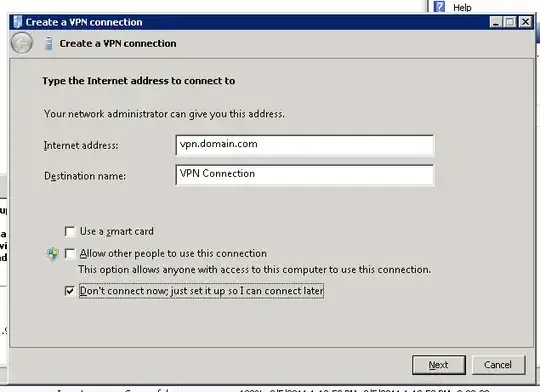
: The spanning-tree root for vlan 1050(192.168.50.0) is Core2
: The spanning-tree root for vlan 1020(192.168.20.0) is Core1
I was trying to add some redundancy to my network and added the links from switch 1 -> switch2, and switch2 -> switch3. I noticed by using SPANs and a packet sniffer that traffic being originated in the 192.168.50.0/24 network and heading to the 192.168.20.0/24 network was both traversing the trunk to Core2 AND the trunk to switch 2, even though the link to switch2 was in BLKing state. When I shutdown the interface between switch1 and switch2, I noticed that the traffic would go out switch1 into Core2, then out of Core2 -> switch3 -> switch2 then back to Core2. (Even though the link from switch3 to switch2 was in BLKing state. The traffic eventually makes it over to Core1 and gets delivered but I am confused.
I thought that when an interface was in blocking state that it wouldn't transmit any traffic??? Also why would any of this traffic hit switch2 or switch3 with a much better path to core2?